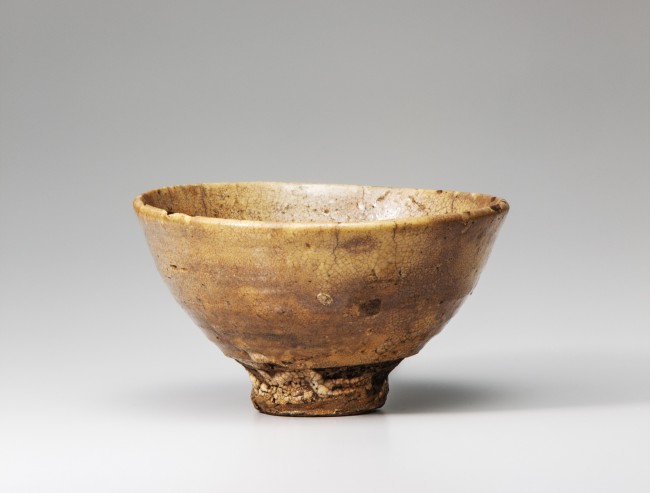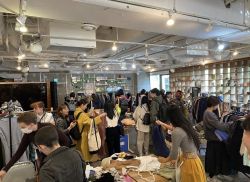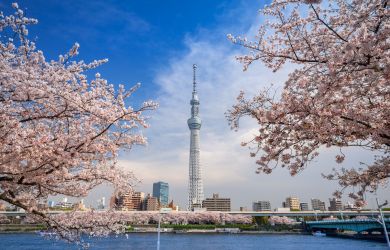
Originally published on metropolis.co.jp on November 2013

There are some things that just couldn’t exist outside Japan. We know the stereotypes—salarymen, cat cafés—but it holds true for exhibitions as well. Nowhere else in the world would a globally prestigious museum devote its autumn show to 70 bowls once used to serve tea, all—to the untrained eye—basically indistinguishable. And yet it is wonderful. “Ido Tea Bowls” at the Nezu Museum is totally Japanophiled; a creation of connoisseurs of the obscurely beautiful—and so much the richer for it.
As you enter the first room be prepared for a seemingly endless array of delicately shimmering gold shapes. The term ido refers to a special large chawan (teabowl) made in Korea and used in chadou (Japanese tea ceremony), when a larger amount of bitter tea is served in one cup which guests share. After this, the cup is returned to the host in a set pattern of gesture and phrase depending on the occasion, time of year and other details of that particular ceremony.
All this might seem charming but pointless: a sequence of nice fripperies like Marie Antoinette’s parties in Sofia Coppola’s film. But the Nezu show brilliantly explains why the ritual of chadou is in fact one of the most elite, rigorously studious art forms of Japan. A whole vocabulary exists for evaluating the beauty of different parts of the chawan, and the most precious ones are centuries old yet still retain the soft glaze and delicate finger marks of their makers.
Take the most famous piece in the show: Kizaemon [pictured], we learn, is prized for the gradient of its sides which slope in gentle uneven curves to meet the bowl’s dramatically rough “foot.” This base has been carved in a bamboo-like nodal shape in the special technique of takefushi koudai. Along with the particular blend of shades in the bowl’s material, and the points at which its glazed has slightly cooled and deepened, these are just some of the points on which Kizaemon’s rarity has made it judged a National Treasure.
But ido ware is not just a source of Japanese aesthetic vocabulary which remains in use with contemporary art today. The tea bowl—and particularly this ido type imported from the Korean Peninsula to Japan from the start of the 16th century—is actually a key part of wider Japanese military history. The daimyou, or feudal leaders, of the Muromachi period valued tea ceremony along with ikebana and calligraphy as one of several arts the study of which would elevate them above their rivals. It is largely thanks to these warlords that many tea ceremony objects have been preserved and systematically studied. Not only that, but the Nezu show even links the import of Korean tea bowls to Japanese Muromachi generals’ plans to invade the Korean Peninsula in the 1590s. When these actions ultimately failed, the import of chawan stopped too—and they transformed from being tea bowls to symbols of Japanese military prowess.
Through this show’s combination of carefully selected treasures, historical explanation and the museum’s own beautifully redesigned architectural setting, it becomes clear that the Ido tea bowls are not beautiful relics of a past age. Through their historical significance they have formed an inextricable part of the political and technological advances of modern Japan.
We learn in the show that chadou’s literal translation is “The Way of Tea”: perhaps, then, this is no surprise.
Ido Tea Bowls: Treasured Possessions of Muromachi Daimyo at Nezu Museum, until Dec 15.





